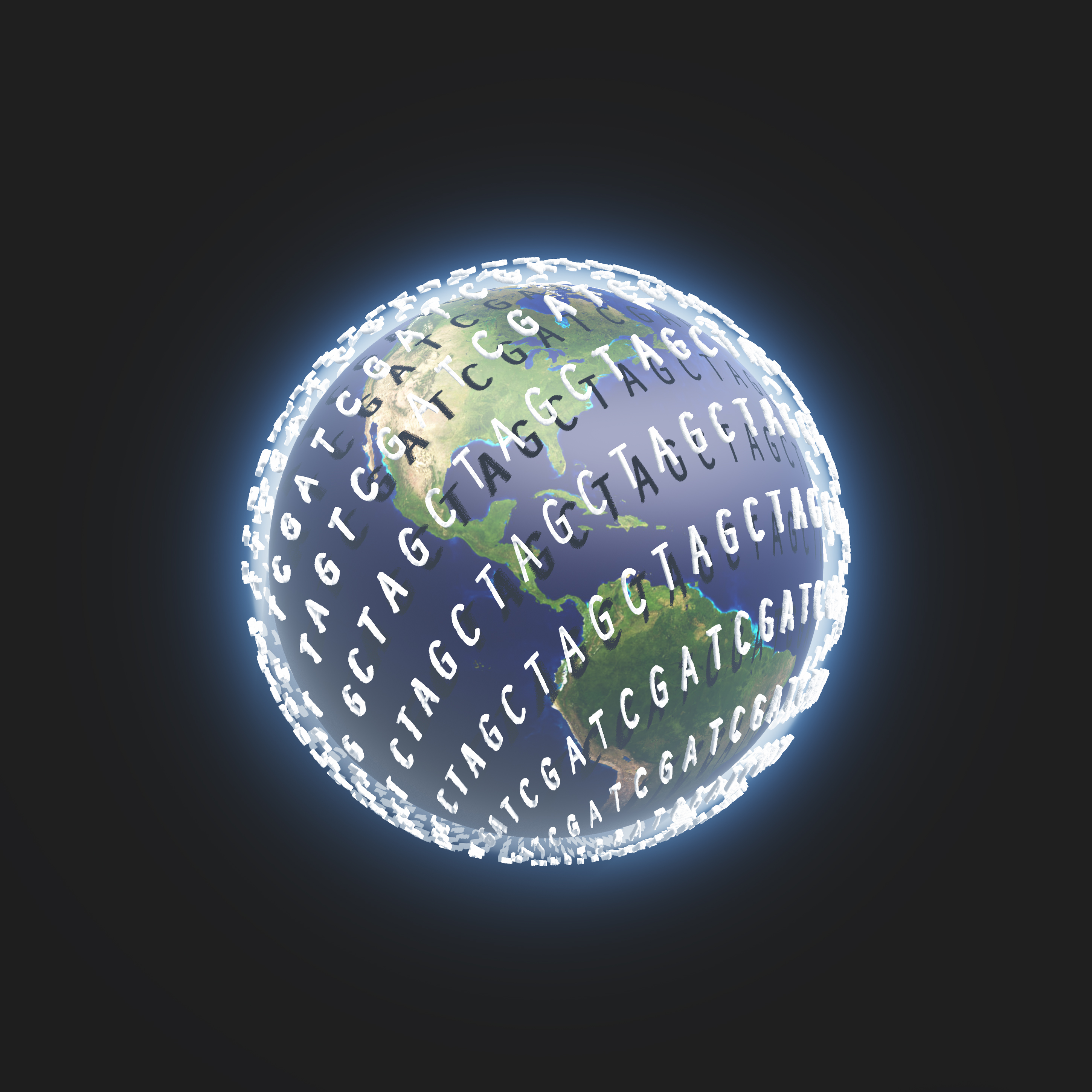Geneva Statement on Heritable Human Genome Editing: The Need for Course Correction
By Roberto Andorno, Françoise Baylis, Marcy Darnovsky, Donna Dickenson, Hille Haker, Katie Hasson, Leah Lowthorp, et al.,
Trends in Biotechnology
| 01. 31. 2020
Heritable Human Genome Editing: Nearing a Critical Juncture
The impending decision about whether to develop and use heritable human genome modification carries high stakes for our shared future. Deciding to proceed with altering the genes of future children and generations would mean abandoning the restraint urged by the United Nations (UN) General Assembly’s formal endorsement of the Universal Declaration on the Human Genome and Human Rights [1] and required by the laws and regulations of more than 50 nations (F. Baylis et al., in preparation), including 29 that have ratified the Oviedo Convention, a binding international treaty [2]. Policymakers put these prohibitions in place to protect human rights and the fundamental equality of all people; to safeguard the physical, psychological, and social wellbeing of children; and to avert the emergence of a new eugenics.
Despite the persistence of these fundamental and widely shared concerns, a small but vocal group of scientists and bioethicists now endorse moving forward with heritable human genome editingi,ii [3]. They have taken it as their task...
Related Articles
By Grace Won, KQED [with CGS' Katie Hasson] | 12.02.2025
In the U.S., it’s illegal to edit genes in human embryos with the intention of creating a genetically engineered baby. But according to the Wall Street Journal, Bay Area startups are focused on just that. It wouldn’t be the first...
Several recent Biopolitical Times posts (1, 2, 3, 4) have called attention to the alarmingly rapid commercialization of “designer baby” technologies: polygenic embryo screening (especially its use to purportedly screen for traits like intelligence), in vitro gametogenesis (lab-made eggs and sperm), and heritable genome editing (also termed embryo editing or reproductive gene editing). Those three, together with artificial wombs, have been dubbed the “Gattaca stack” by Brian Armstrong, CEO of the cryptocurrency company...
By Emily Glazer, Katherine Long, Amy Dockser Marcus, The Wall Street Journal | 11.08.2025
For months, a small company in San Francisco has been pursuing a secretive project: the birth of a genetically engineered baby.
Backed by OpenAI chief executive Sam Altman and his husband, along with Coinbase co-founder and CEO Brian Armstrong, the startup—called...
By Antonio Regalado, MIT Technology Review | 10.31.2025
A West Coast biotech entrepreneur says he’s secured $30 million to form a public-benefit company to study how to safely create genetically edited babies, marking the largest known investment into the taboo technology.
The new company, called Preventive, is...




